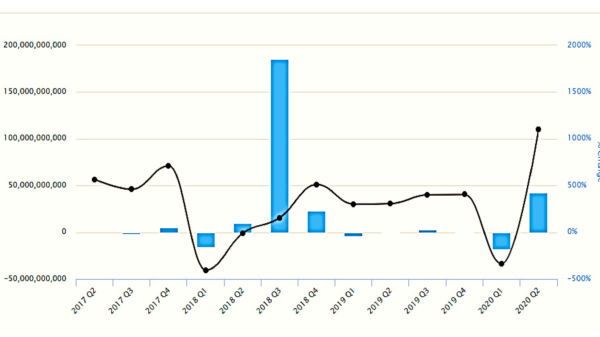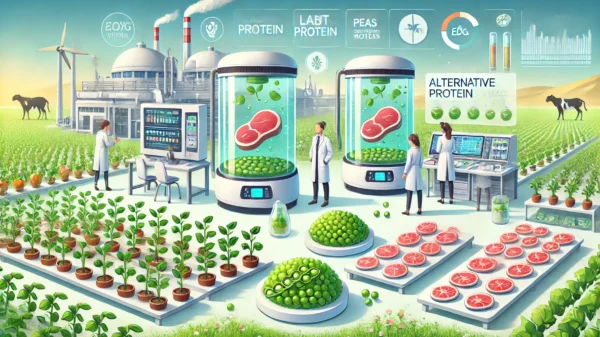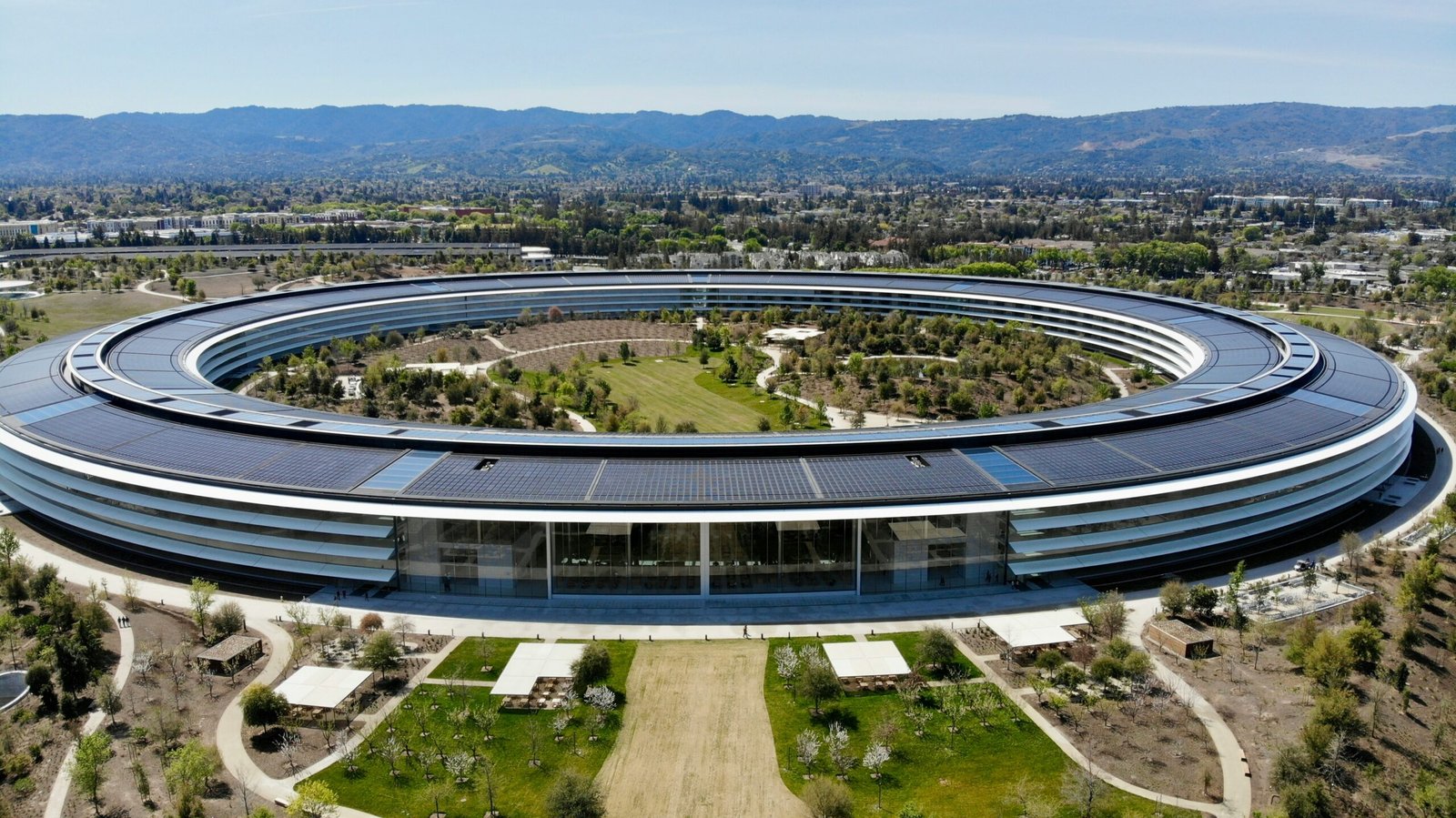Alternative Proteins and Lab-Grown Meat: The Future of Sustainable Nutrition
Introduction to the Rise of Alternative Proteins
As climate change and population growth challenge global food systems, alternative proteins and lab-grown meat have emerged as sustainable solutions. These innovations, driven by biotechnology, offer new ways to reduce environmental impact and ensure food security.
What Are Alternative Proteins?
Alternative proteins are derived from non-traditional sources such as plants, fungi, insects, and lab-cultured animal cells. They aim to mimic the taste, texture, and nutritional value of animal-based products without relying on conventional livestock farming.
Lab-Grown Meat: Science Behind the Innovation
Also known as cultivated or cell-based meat, lab-grown meat is produced by culturing animal cells in bioreactors. It eliminates the need to raise and slaughter animals, offering a more ethical and resource-efficient way to produce meat.
Plant-Based Proteins Gaining Popularity
Brands like Beyond Meat and Impossible Foods have popularized plant-based proteins using ingredients like soy, pea, and wheat. These products cater to vegetarians, vegans, and flexitarians, offering meat-like experiences with fewer emissions.
Environmental Benefits of Protein Alternatives
Producing lab-grown and plant-based proteins requires less land, water, and energy than raising animals. These alternatives generate fewer greenhouse gas emissions, helping combat deforestation and biodiversity loss.
Addressing Global Food Insecurity
As demand for protein increases globally, especially in developing regions, alternative proteins provide a scalable, affordable, and nutritious solution. They can help meet future protein needs without overburdening the planet.
Consumer Health and Nutritional Value
Alternative proteins are often lower in cholesterol and saturated fats than traditional meat. Many are fortified with essential nutrients, offering health-conscious consumers balanced, guilt-free choices.
Regulatory Approvals and Market Expansion
Countries like Singapore and the U.S. have begun approving lab-grown meat for commercial sale. Regulatory frameworks are expanding, paving the way for wider market access and increased consumer trust.
Challenges in Production and Scalability
While promising, lab-grown meat still faces high production costs and scalability issues. Biotech companies are investing in automation and affordable growth media to bring prices down and improve efficiency.
Innovation in Fermentation and Microbial Protein
Some companies are exploring precision fermentation, using microbes to create proteins with minimal resources. This technique offers high protein yields and can be used to replicate dairy and egg proteins without animals.
Shifting Consumer Perception
While awareness of alternative proteins is growing, some consumers remain skeptical. Education campaigns and culinary innovation are key to making these products mainstream and culturally accepted.
Impact on Traditional Livestock Industry
The rise of alternatives could disrupt the traditional meat industry, but also offers collaborative opportunities. Some livestock companies are investing in or acquiring alternative protein startups to diversify their offerings.
Startups and Investment Growth
Venture capital is pouring into the alternative protein sector, fueling rapid development. Startups like Eat Just, Aleph Farms, and Perfect Day are leading the charge in redefining protein production.
Sustainability in Packaging and Distribution
In addition to sustainable production, many alternative protein companies are using eco-friendly packaging and reducing carbon footprints in logistics, enhancing the overall green value proposition.
Conclusion: A New Era in Protein Consumption
Alternative proteins and lab-grown meat represent a paradigm shift in global food systems. As technology matures and adoption grows, these innovations will play a critical role in feeding the world sustainably and ethically.
































